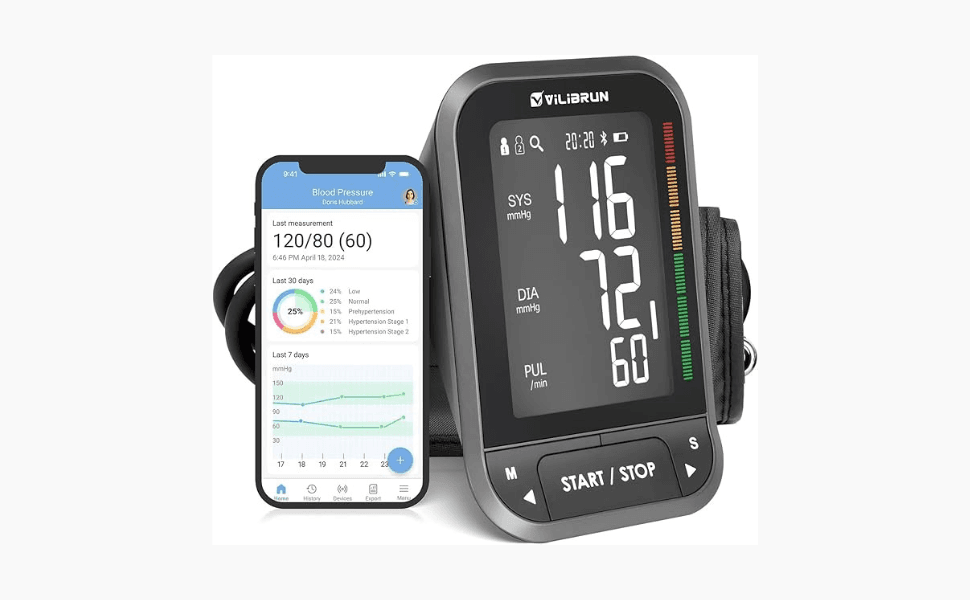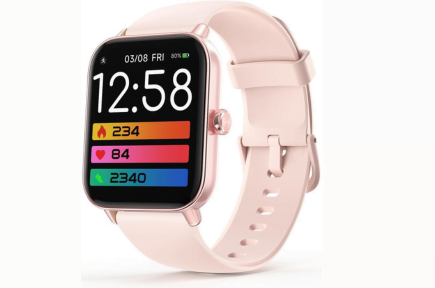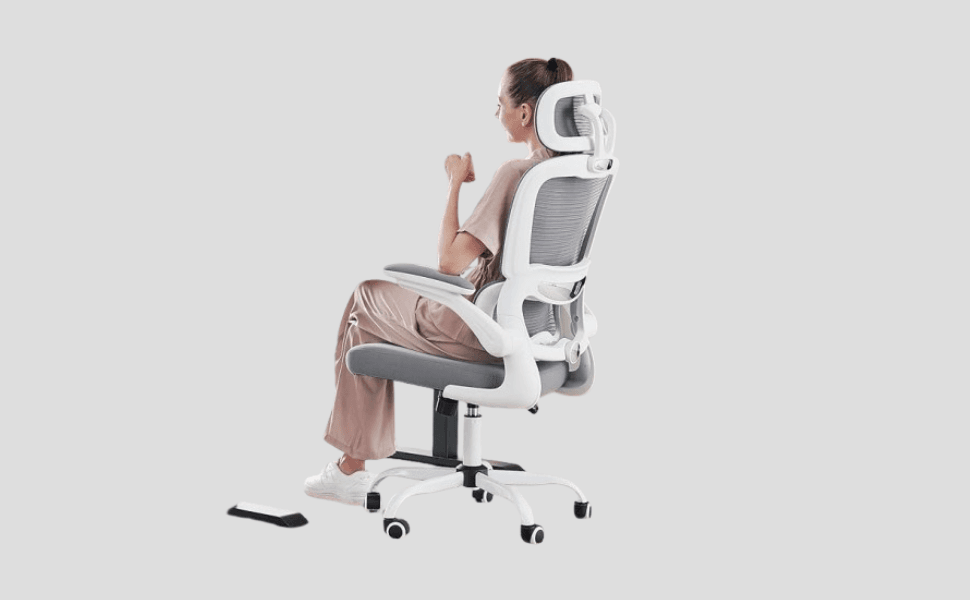This post contains affiliate links. If you make a purchase through these links, Snapnod may earn a commission at no extra cost to you. As an Amazon Associate, we earn from qualifying purchases.
Table of Contents
Home health monitoring represents a significant advancement in preventive healthcare, allowing individuals to take active roles in managing their cardiovascular health. The 1st Aid Blood Pressure Monitor demonstrates how modern technology can bring medical-grade monitoring capabilities into the home environment. Let's explore how this device works and why its features matter for health management.
Understanding Blood Pressure Measurement Technology
The monitor employs sophisticated measurement techniques that deserve careful examination:
Oscillometric Method: Modern blood pressure monitors use oscillometric measurement, which detects tiny oscillations in arterial wall pressure. These oscillations begin above systolic pressure and continue below diastolic pressure. The device's advanced AI algorithm interprets these patterns to determine accurate blood pressure readings.
Signal Processing: The latest chip implementation processes these oscillations through several steps:
- Initial pressure detection
- Oscillation pattern analysis
- Artifact elimination
- Reading calculation
This process explains why the device requires 50 seconds for a complete measurement, allowing time for accurate signal collection and processing.

Display Technology and Visual Interface
The monitor's display system demonstrates thoughtful consideration of user needs:
Visual Elements:
- Large digital numbers improve readability
- Backlight technology enhances visibility
- Color-coded pressure levels provide quick understanding
- 60-degree viewing angle optimizes screen visibility
The color-coding system helps users understand their readings contextually:
- Green indicates normal range
- Yellow suggests elevated readings
- Red alerts to high readings
- Different shades represent varying severity levels
Cuff Engineering and Measurement Accuracy
The cuff design incorporates several important technical features:
Size Accommodation: The 22-42cm (8.7-16.5 inch) range suits various arm sizes through:
- Adjustable tension system
- Proper pressure distribution
- Alignment markers
- Secure fastening
Auto-Cuff Detection: This technology ensures proper placement through:
- Pressure sensors
- Position detection
- Error notification
- Placement guidance

Memory and Data Management
The device's data storage system shows sophisticated organization:
User Profiles:
- Two-user capability
- 120 readings per user
- Timestamp recording
- Trend analysis
Averaging Function: The three-reading average calculation provides:
- Statistical accuracy
- Trend identification
- Variation monitoring
- Pattern recognition

Power Management System
The dual power system offers flexible operation:
Battery Operation:
- 4 AA battery support
- Power efficiency
- Low battery detection
- Auto-shutdown feature
USB-C Charging:
- Modern connector standard
- Fast charging capability
- Stable power delivery
- Extended operation
Clinical Accuracy Features
Several elements contribute to measurement reliability:
Irregular Heartbeat Detection:
- Pattern recognition
- Rhythm analysis
- Alert system
- Recording function
Movement Detection:
- Motion sensing
- Error prevention
- Reading validation
- Measurement stability

User Interface Design
The interface prioritizes accessibility:
One-Touch Operation:
- Simple activation
- Clear instructions
- Intuitive controls
- Error prevention
Automatic Functions:
- Self-inflation
- Pressure release
- Reading display
- Power management
Portability Considerations
The design emphasizes mobility:
Physical Design:
- Compact dimensions
- Protective case
- Secure storage
- Travel-friendly
Durability Features:
- Impact resistance
- Environmental protection
- Component security
- Long-term reliability

Health Monitoring Applications
Understanding how to use the device effectively enhances its value:
Regular Monitoring:
- Morning readings
- Evening readings
- Pre-medication checks
- Post-activity monitoring
Pattern Recognition:
- Trend identification
- Variation tracking
- Time-based analysis
- Health correlation
Understanding Blood Pressure Readings
The device helps users interpret their health data:
Measurement Components:
- Systolic pressure
- Diastolic pressure
- Pulse rate
- Rhythm analysis
Reading Context:
- Time factors
- Activity influence
- Position effects
- Environmental conditions
Understanding Target Users
This device serves various user needs effectively:
Healthcare Management:
- Hypertension monitoring
- Medication effectiveness
- Lifestyle impact
- General health awareness
Professional Integration:
- Healthcare provider sharing
- Treatment planning
- Progress tracking
- Intervention timing
Best Practices for Use
Proper technique ensures accurate measurements:
Preparation:
- Proper positioning
- Rest period
- Cuff placement
- Environment consideration
Measurement Protocol:
- Consistent timing
- Multiple readings
- Result recording
- Pattern observation

A Valuable Tool
The 1st Aid Blood Pressure Monitor demonstrates sophisticated engineering in home health monitoring. The combination of accurate measurement technology, user-friendly design, and comprehensive data management creates a valuable tool for cardiovascular health monitoring.
The device makes professional-grade blood pressure monitoring accessible for home use while maintaining essential accuracy and reliability. For users seeking to actively manage their cardiovascular health, this monitor presents a practical solution that balances clinical capability with user-friendly operation.
This analysis helps potential users understand both the device's capabilities and proper usage techniques, enabling informed health monitoring decisions. The monitor's position in the home healthcare market reflects careful consideration of essential features while maintaining accessibility through thoughtful engineering decisions.









